Jian-Wei Pan
Hefei National Laboratory for Physical Sciences at Microscale and Department of Modern Physics, University of Science and Technology of China, Hefei, China, Shanghai Branch, CAS Center for Excellence in Quantum Information and Quantum Physics, University of Science and Technology of China, Shanghai, China, Shanghai Research Center for Quantum Sciences, Shanghai, China
Single-photon imaging over 200 km
Mar 10, 2021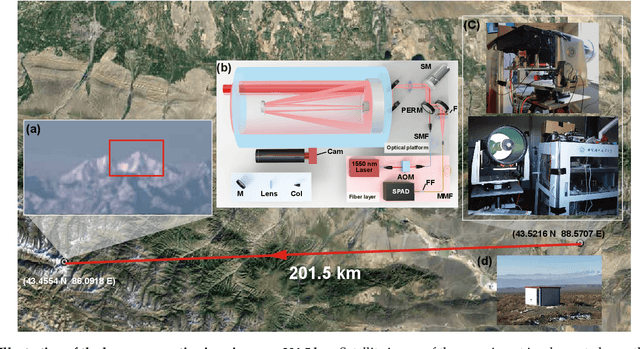

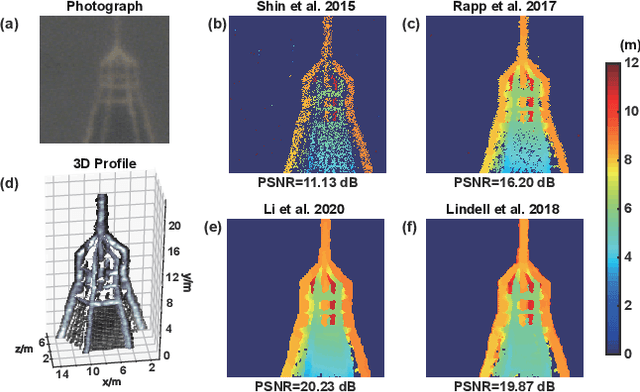

Abstract:Long-range active imaging has widespread applications in remote sensing and target recognition. Single-photon light detection and ranging (lidar) has been shown to have high sensitivity and temporal resolution. On the application front, however, the operating range of practical single-photon lidar systems is limited to about tens of kilometers over the Earth's atmosphere, mainly due to the weak echo signal mixed with high background noise. Here, we present a compact coaxial single-photon lidar system capable of realizing 3D imaging at up to 201.5 km. It is achieved by using high-efficiency optical devices for collection and detection, and what we believe is a new noise-suppression technique that is efficient for long-range applications. We show that photon-efficient computational algorithms enable accurate 3D imaging over hundreds of kilometers with as few as 0.44 signal photons per pixel. The results represent a significant step toward practical, low-power lidar over extra-long ranges.
* 6 pages, 6 figures
Experimental Quantum Generative Adversarial Networks for Image Generation
Oct 21, 2020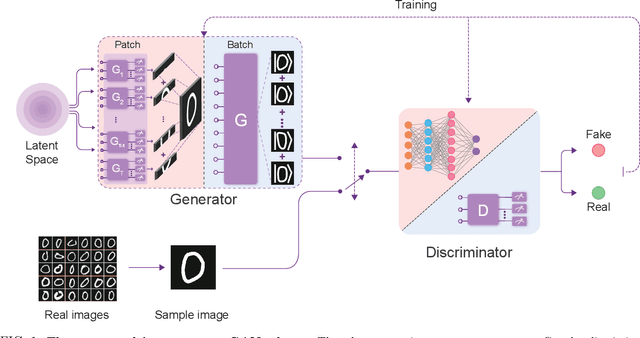
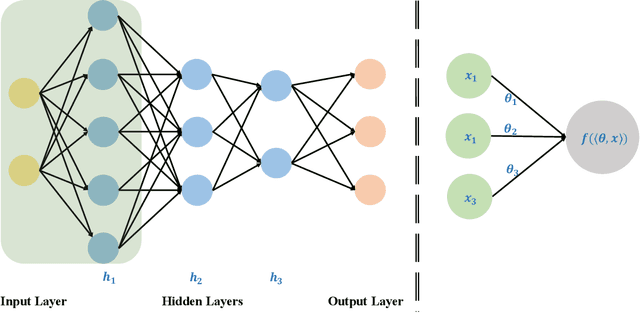

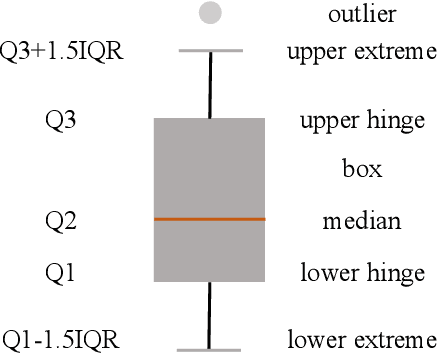
Abstract:Quantum machine learning is expected to be one of the first practical applications of near-term quantum devices. Pioneer theoretical works suggest that quantum generative adversarial networks (GANs) may exhibit a potential exponential advantage over classical GANs, thus attracting widespread attention. However, it remains elusive whether quantum GANs implemented on near-term quantum devices can actually solve real-world learning tasks. Here, we devise a flexible quantum GAN scheme to narrow this knowledge gap, which could accomplish image generation with arbitrarily high-dimensional features, and could also take advantage of quantum superposition to train multiple examples in parallel. For the first time, we experimentally achieve the learning and generation of real-world hand-written digit images on a superconducting quantum processor. Moreover, we utilize a gray-scale bar dataset to exhibit the competitive performance between quantum GANs and the classical GANs based on multilayer perceptron and convolutional neural network architectures, respectively, benchmarked by the Fr\'echet Distance score. Our work provides guidance for developing advanced quantum generative models on near-term quantum devices and opens up an avenue for exploring quantum advantages in various GAN-related learning tasks.
Demonstration of Topological Data Analysis on a Quantum Processor
Jan 19, 2018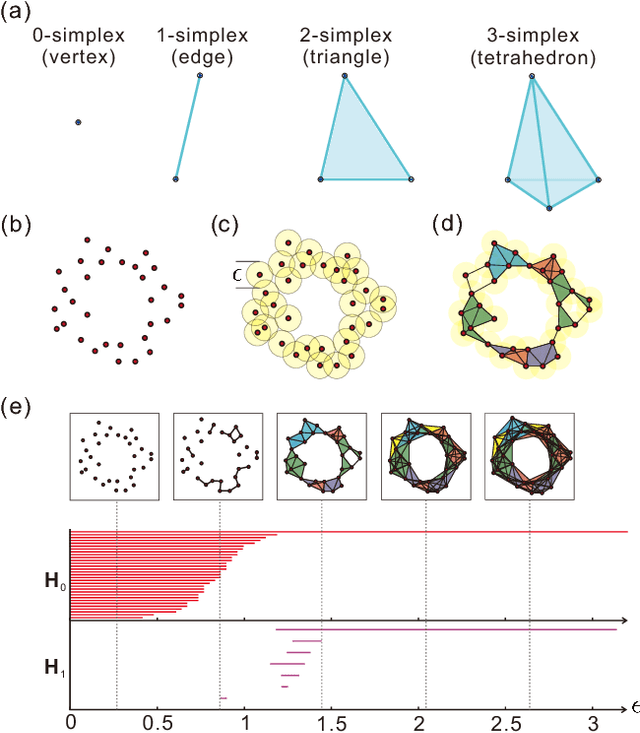
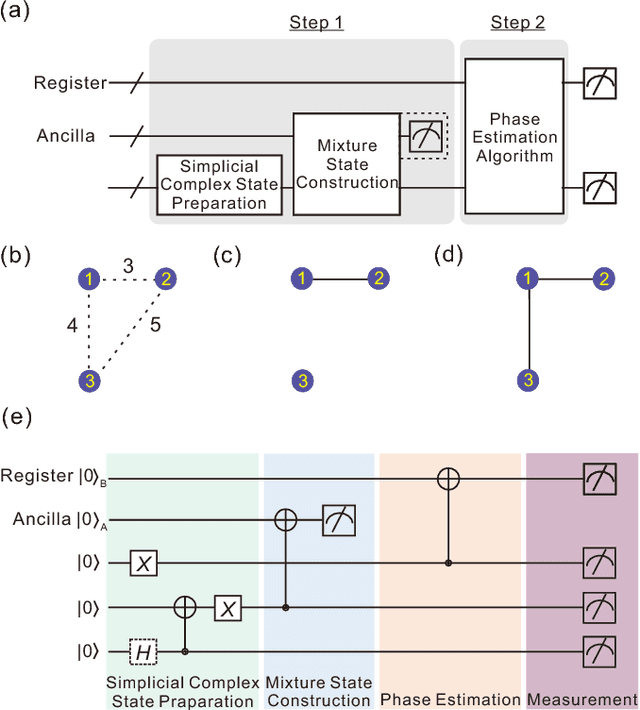
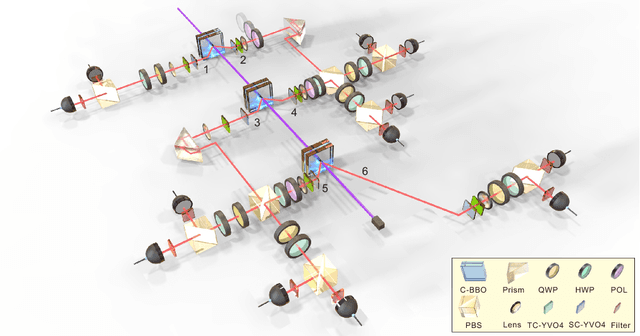
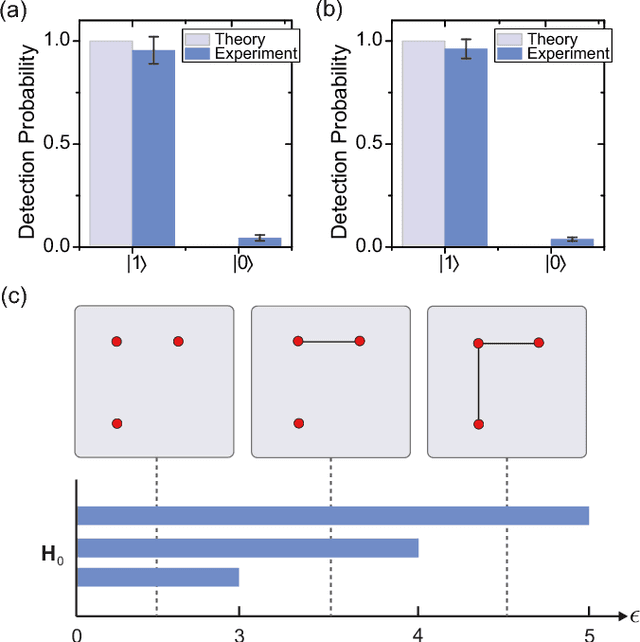
Abstract:Topological data analysis offers a robust way to extract useful information from noisy, unstructured data by identifying its underlying structure. Recently, an efficient quantum algorithm was proposed [Lloyd, Garnerone, Zanardi, Nat. Commun. 7, 10138 (2016)] for calculating Betti numbers of data points -- topological features that count the number of topological holes of various dimensions in a scatterplot. Here, we implement a proof-of-principle demonstration of this quantum algorithm by employing a six-photon quantum processor to successfully analyze the topological features of Betti numbers of a network including three data points, providing new insights into data analysis in the era of quantum computing.
 Add to Chrome
Add to Chrome Add to Firefox
Add to Firefox Add to Edge
Add to Edge